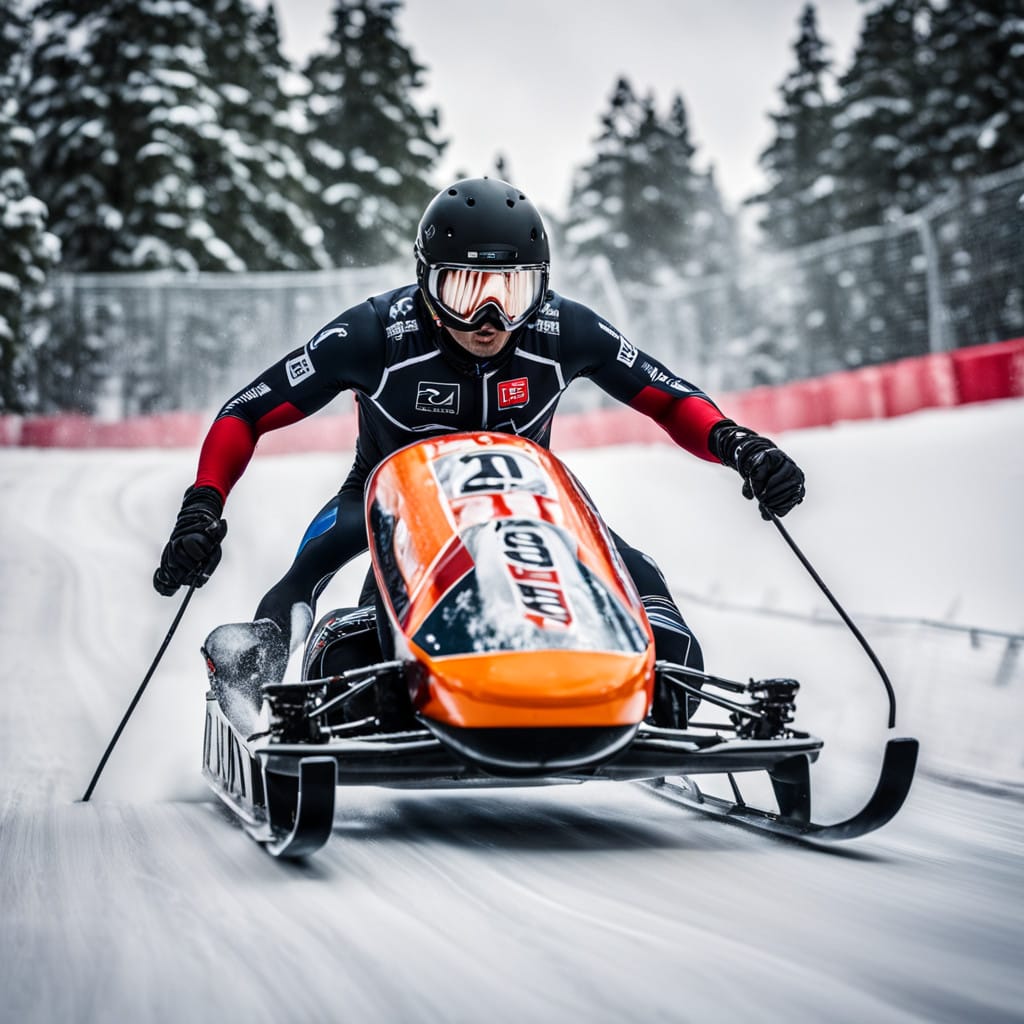
The Thrilling World of Luge: A Comprehensive Look at the Sport
Luge is a fascinating winter sport that combines speed, skill, and courage. Known for its adrenaline-pumping action, it has captivated audiences worldwide. The sport involves racing down an icy track on a small sled, reaching speeds of up to 145 kilometers per hour. Luge stands out as one of the most challenging sports due to its precision and high-risk nature. This blog explores its origins, global popularity, amateur and professional leagues, political and social significance, and detailed rules.
Origins and History
Luge has roots dating back several centuries, with its earliest forms emerging in the Alpine regions of Europe. The sport’s name originates from the French word for “sled.” Sledding itself began as a practical mode of transport in snow-covered terrains. However, it gradually evolved into a recreational activity and competitive sport.
The first organized luge races occurred in the mid-19th century. In 1883, the Swiss town of Davos hosted the inaugural international sled race. Competitors from multiple countries participated, laying the foundation for modern luge competitions. Shortly after, clubs dedicated to sled racing were formed in Europe, particularly in Austria and Switzerland.
The sport gained further recognition in the 20th century with the establishment of official organizations. The Fédération Internationale de Luge de Course (FIL), founded in 1957, became the governing body for the sport. Its inclusion in the Winter Olympics in 1964 marked a significant milestone. Since then, luge has grown into a global phenomenon.
Global Popularity
Luge has achieved varying degrees of popularity across the world. In Europe, it thrives in countries with a strong winter sports tradition, such as Germany, Austria, and Switzerland. Germany, in particular, has dominated luge events, consistently producing top athletes and winning numerous medals.
In North America, the sport has a solid following in the United States and Canada. Training facilities and dedicated tracks in these countries allow athletes to compete at an international level. The Winter Olympics have played a crucial role in boosting its appeal among North American audiences.
In Asia, luge is gaining traction, especially in nations like Japan and China. Investments in winter sports infrastructure ahead of events like the Winter Olympics have helped raise awareness. Additionally, efforts to introduce the sport to younger generations are underway.
Although luge remains less popular in regions without natural snow, interest is growing. Indoor facilities and artificial tracks are making the sport accessible to a broader audience. Global broadcasting of major events has also contributed to its expanding fanbase.
Amateur Luge: Youth and School Programs
Amateur luge provides an exciting entry point for aspiring athletes. Programs for beginners are widely available in winter sports regions. Many of these initiatives focus on youth, fostering a love for the sport early on.
In schools, luge is often introduced through winter sports curricula. Students are taught the fundamentals, including sled control and safety measures. In some countries, competitions are organized at the regional and national levels to encourage participation. These events allow young athletes to showcase their talent while gaining valuable experience.
Local luge clubs also play a crucial role in developing amateur athletes. Clubs provide coaching, equipment, and access to tracks. They often organize events and training camps to hone the skills of participants. In regions with limited facilities, makeshift tracks and smaller sleds are used to simulate the experience.
Community events and family-friendly races further contribute to the sport’s grassroots development. These gatherings offer a fun, low-pressure environment for enthusiasts to enjoy luge.
Professional Luge Leagues and Events
Professional luge is governed by international organizations such as the FIL. The World Cup and the World Championships are two of the most prestigious events. These competitions attract elite athletes and are watched by millions worldwide.
The World Cup series consists of multiple races held across various tracks. Athletes accumulate points throughout the season, vying for the overall title. The World Championships, held annually, crown the best in individual and team events.
In addition to these, the Winter Olympics remain the pinnacle of professional luge. Winning an Olympic medal is the ultimate dream for most athletes. The games also bring significant attention to the sport, inspiring the next generation of lugers.
National leagues and regional competitions further support the professional ecosystem. Countries with strong luge traditions, such as Germany and Austria, host domestic leagues. These platforms serve as stepping stones for athletes aspiring to compete internationally.
Political and Social Significance of Luge
Luge holds more than just athletic value; it also carries political and social significance. The sport has often been used as a symbol of national pride. Countries invest in training programs and facilities to showcase their prowess on the global stage.
Hosting major luge events can bring economic benefits to local communities. Tracks and facilities attract tourists, boosting regional economies. The sport also fosters international camaraderie, as athletes from diverse backgrounds come together to compete.
Socially, luge promotes important values such as perseverance, discipline, and teamwork. Youth programs often emphasize these qualities, contributing to personal development. Additionally, initiatives to make the sport more inclusive are underway, ensuring that people from all walks of life can participate.
Rules of Luge
The rules of luge are straightforward but require strict adherence to ensure fairness and safety. Races take place on specially designed ice tracks with banked curves and straight sections. Athletes compete individually or in pairs for doubles events.
The starting procedure is critical. Racers begin by gripping handles at the start gate. Using their arms, they propel themselves forward to gain momentum. Once on the track, athletes lie flat on their backs, steering the sled using subtle body movements.
Timing is measured to the thousandth of a second, emphasizing precision. The winner is determined by the fastest time over one or multiple runs, depending on the event. Any violations, such as touching the sled with hands or leaving the track, can result in penalties or disqualification.
Safety gear, including helmets and gloves, is mandatory. Tracks are designed with barriers and padding to minimize risks. However, athletes must undergo rigorous training to master the techniques and reduce the likelihood of accidents.
Conclusion
Luge is a sport that blends tradition, athleticism, and excitement. From its historical origins in the Alps to its global recognition today, it continues to captivate audiences. The sport’s development at the amateur level ensures a steady stream of talent, while professional leagues showcase its highest level of competition.
Beyond the thrill of the race, luge holds significant cultural and social value. It fosters unity, celebrates human potential, and inspires millions worldwide. Whether enjoyed as a recreational activity or pursued as a career, luge remains a testament to the enduring appeal of winter sports.




